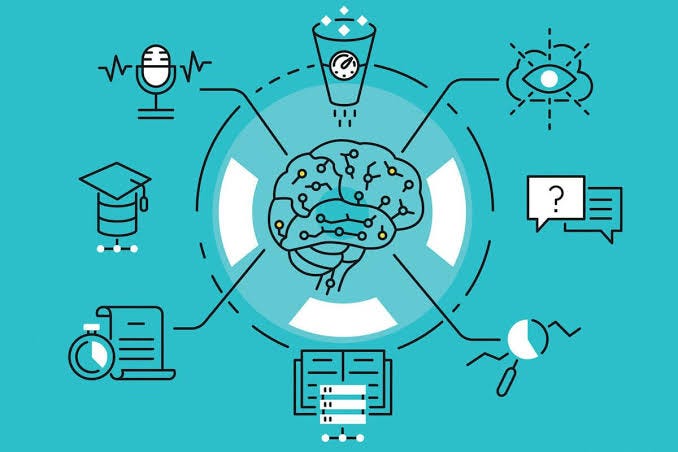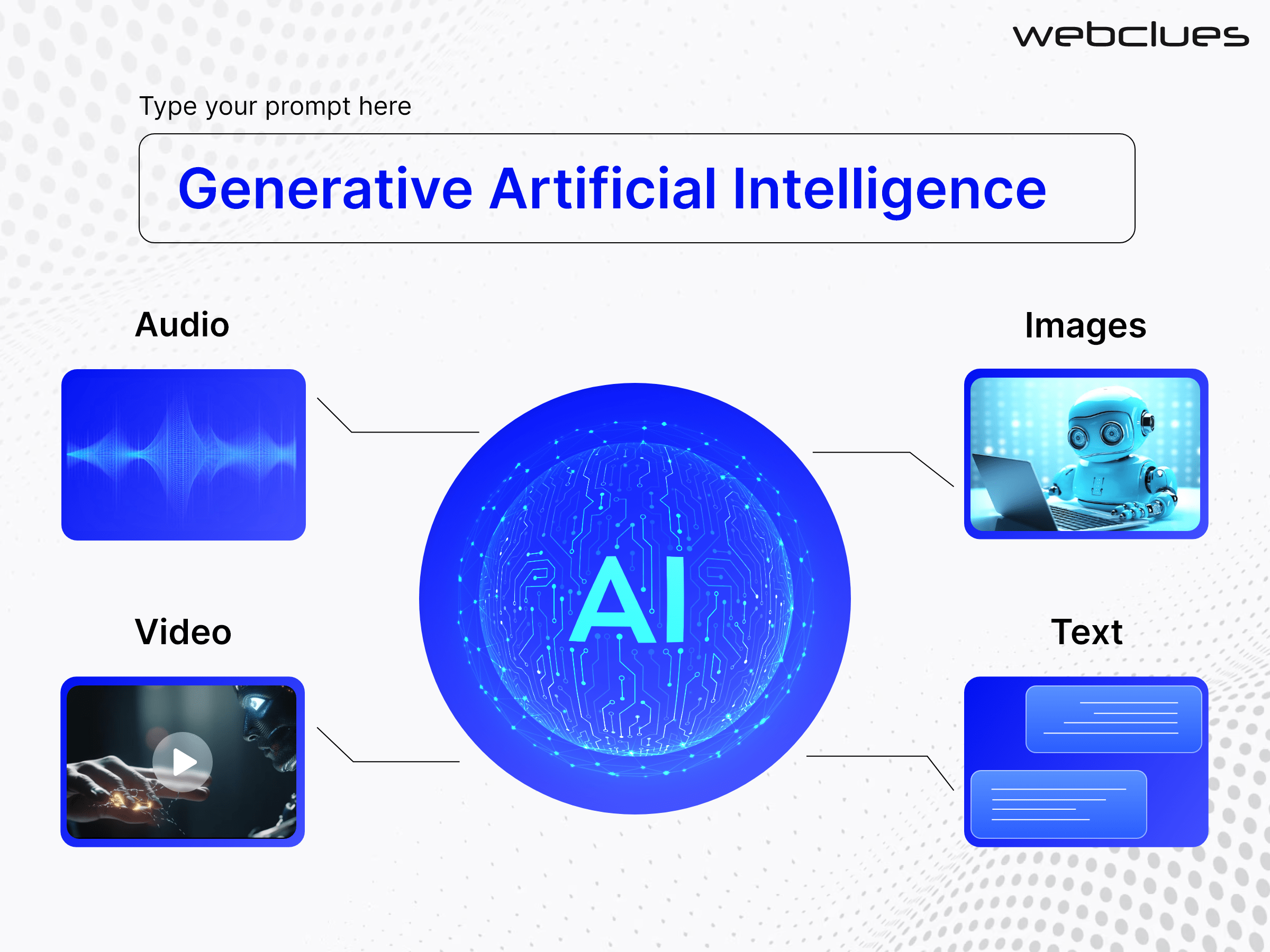All Categories
Featured
Table of Contents
The innovation is becoming a lot more accessible to individuals of all kinds many thanks to innovative advancements like GPT that can be tuned for different applications. Some of the use cases for generative AI consist of the following: Carrying out chatbots for customer care and technical support. Deploying deepfakes for mimicking individuals and even certain individuals.

Producing reasonable depictions of people. Streamlining the procedure of producing material in a particular style. Early implementations of generative AI strongly illustrate its numerous restrictions.
The readability of the summary, nevertheless, comes with the expenditure of a customer having the ability to veterinarian where the info originates from. Here are a few of the restrictions to think about when executing or making use of a generative AI app: It does not always recognize the source of content. It can be testing to evaluate the predisposition of initial sources.
It can be challenging to understand just how to tune for new conditions. Outcomes can play down bias, bias and hatred. In 2017, Google reported on a new sort of semantic network architecture that brought substantial improvements in performance and accuracy to jobs like natural language handling. The innovation method, called transformers, was based on the principle of interest.
What Is Ai's Role In Creating Digital Twins?
The rise of generative AI is additionally sustaining different concerns. These connect to the high quality of outcomes, capacity for abuse and abuse, and the possible to interfere with existing organization designs. Below are some of the particular sorts of problematic issues posed by the existing state of generative AI: It can give incorrect and misleading information.
Microsoft's very first foray right into chatbots in 2016, called Tay, for instance, had actually to be transformed off after it began gushing inflammatory unsupported claims on Twitter. What is new is that the current plant of generative AI apps seems even more systematic externally. This combination of humanlike language and comprehensibility is not identified with human knowledge, and there currently is terrific argument regarding whether generative AI models can be educated to have reasoning capability.

The persuading realistic look of generative AI content introduces a new collection of AI dangers. It makes it more challenging to identify AI-generated web content and, extra importantly, makes it harder to identify when points are wrong. This can be a large problem when we rely upon generative AI results to compose code or supply clinical guidance.
Generative AI frequently starts with a prompt that allows an individual or data source submit a starting question or data collection to guide web content generation. This can be an iterative process to check out content variants.

Both approaches have their strengths and weak points depending on the trouble to be resolved, with generative AI being fit for jobs involving NLP and calling for the creation of brand-new material, and standard algorithms extra effective for tasks including rule-based processing and fixed outcomes. Anticipating AI, in difference to generative AI, makes use of patterns in historic information to anticipate results, identify occasions and workable understandings.
These could create realistic people, voices, songs and text. This passionate passion in-- and worry of-- how generative AI might be used to develop sensible deepfakes that pose voices and people in videos. Ever since, progress in other neural network methods and architectures has actually aided increase generative AI capabilities.
Is Ai Replacing Jobs?
The ideal practices for making use of generative AI will differ relying on the methods, process and desired goals. That said, it is vital to think about essential elements such as accuracy, openness and simplicity of use in collaborating with generative AI. The list below methods help attain these variables: Plainly label all generative AI web content for users and consumers.
Discover the strengths and constraints of each generative AI tool. The unbelievable deepness and convenience of ChatGPT stimulated widespread adoption of generative AI.
Yet these very early implementation issues have motivated study right into much better devices for finding AI-generated text, pictures and video clip. The popularity of generative AI devices such as ChatGPT, Midjourney, Secure Diffusion and Gemini has likewise fueled a limitless variety of training programs at all degrees of expertise. Several are intended at helping programmers create AI applications.
Eventually, sector and society will certainly likewise develop much better devices for tracking the provenance of details to produce more credible AI. Generative AI will remain to develop, making innovations in translation, drug discovery, anomaly detection and the generation of new web content, from text and video clip to fashion design and music.

Training devices will certainly be able to automatically determine finest practices in one component of an organization to aid educate various other workers a lot more successfully. These are simply a portion of the methods generative AI will certainly change what we do in the near-term.
Yet as we proceed to harness these devices to automate and increase human tasks, we will certainly locate ourselves needing to reassess the nature and worth of human knowledge. Generative AI will certainly discover its way into several service features. Below are some often asked concerns individuals have concerning generative AI.
How Does Ai Benefit Businesses?
Generating basic internet material. Some business will certainly look for opportunities to change human beings where feasible, while others will make use of generative AI to augment and enhance their existing workforce. A generative AI version begins by successfully encoding a depiction of what you want to create.
Current development in LLM study has helped the sector execute the same process to represent patterns located in photos, seems, healthy proteins, DNA, drugs and 3D designs. This generative AI version gives an effective way of representing the wanted kind of material and effectively repeating on valuable variations. The generative AI version needs to be educated for a specific use situation.

The preferred GPT model created by OpenAI has been utilized to compose message, create code and create images based on created descriptions. Training involves tuning the model's specifications for different usage instances and after that tweak outcomes on a given collection of training information. For instance, a phone call center might educate a chatbot against the kinds of concerns service agents get from different customer types and the reactions that service agents give up return.
Generative AI promises to help creative employees explore variants of ideas. Artists may start with a standard style principle and after that check out variations. Industrial developers could explore product variants. Designers could check out various building designs and imagine them as a starting point for more refinement. It could likewise assist democratize some elements of innovative work.
Latest Posts
Voice Recognition Software
Ai Adoption Rates
How Does Ai Optimize Advertising Campaigns?